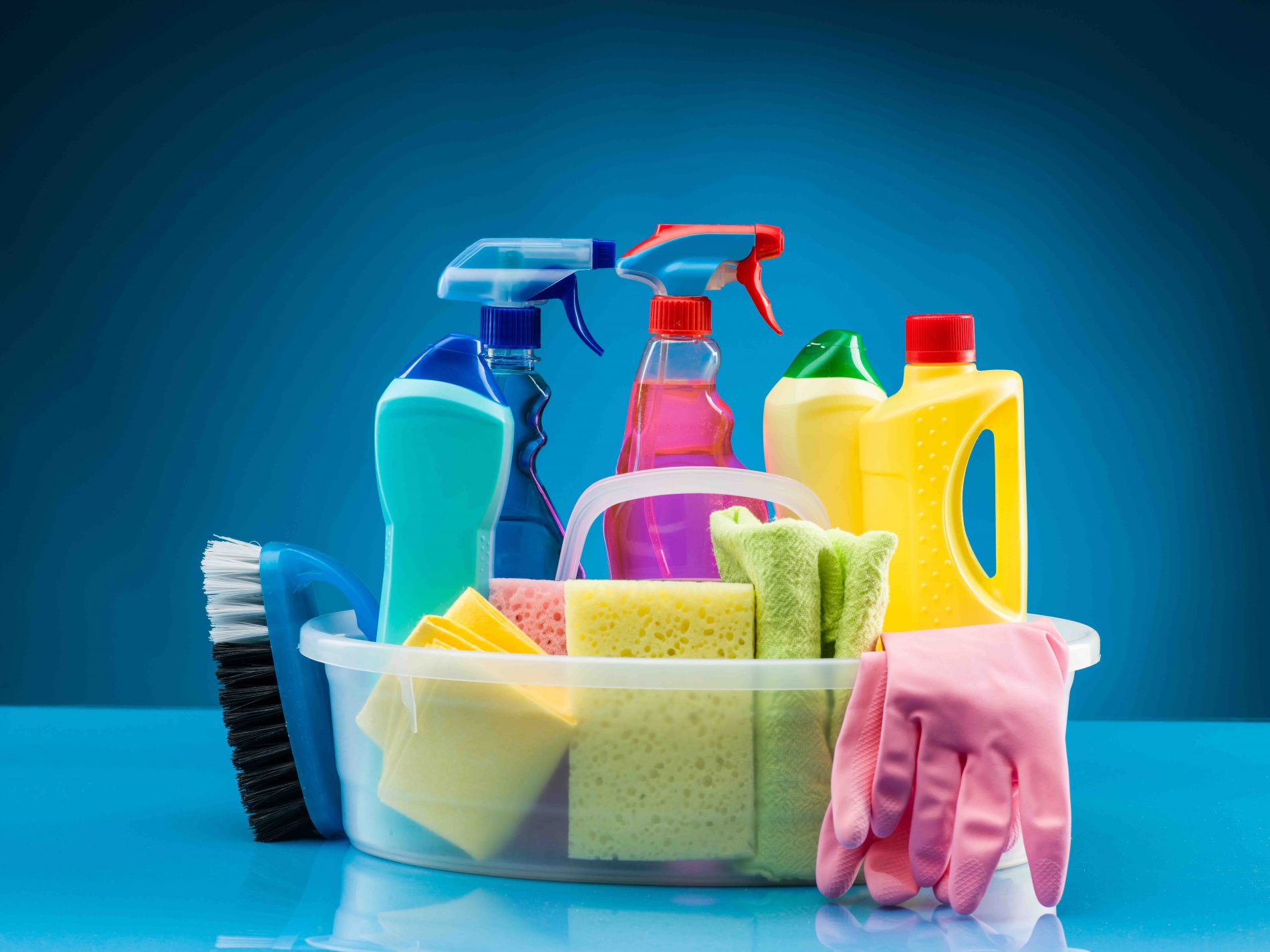This information is courtesy of bon appetit and the research they have put together from a massive study on how we buy food.
Here, we summarize the most interesting pieces of information discovered about how supermarkets are designed, how and why we buy what we choose, and how it’s all a trap!!
I want you to be aware of these things the next time you go to the grocery store so you can be mindful about why you’re walking the direction you are, what you are choosing to put in your cart (with which hand!) and how many items you are walking past to get to what you actually wanted in the first place!
The five experts who contributed to the original study are:
• BA senior food editor Dawn Perry
• Environmental psychologist Paco Underhill and author of What Women Want: The Science of Female Shopping
• Architect and supermarket designer Kevin Kelley, of the firm Shook Kelley
• The director of the graduate nutrition program at the Institute of Human Nutrition at Columbia University, Sharon Akabas
• Efficiency expert Gwynnae Byrd
• “Upward of 50 percent of what we buy in a supermarket we had no intention of buying as we walked in the door,” psychologist Underhill says.
• The average supermarket has 64,000 products (you’d have to eat or use more than 175 different products every day for a year before you tried everything once).
• There are too many choices!! With this vast array of options, our brains overload and instead of the two items on our list, we come out with 20! Marketers are really good at getting us to buy stuff we don’t need.
• The primary goal of supermarkets is to subtly convince shoppers to spend more time inside, to give products more opportunities to fly into your cart!
• Very similar to casinos, it is rare to see many indicators of the time, like clocks, skylights, or even windows.
• Dairy is generally in the back corner—the deepest section of the store, because virtually everyone who walks in has some dairy product on their list. (aka stop buying dairy!! check out this blog for the reasons why!)
• About nine in ten people are right-handed, and a counterclockwise route through the store makes it easier for right-handed people to put stuff in their carts. (really!! can you imagine who studied and realized this!)
• Most stores work better with a counterclockwise circulation pattern because you tend to push your cart with your left hand and pick things up with your right hand.
• Of every ten people who walk through the entrance, only one will go down the soda aisle, so supermarkets hijack shoppers’ subconscious to linger in these aisles, often by literally slowing them down with bumpier or tackier floor surfaces. (or giant bins in the centre of the aisle that need stop lights to navigate)
• It is not a coincidence that brightly coloured, sugar-laden cereals with the new kiddie-cartoon craze is on the shelf at knee level – it’s in the perfect line of sight for a six-year-old kid.
• The point of those bite-sized food samples is not only to get you to buy a particular product. It’s to trick your body into thinking it’s hungry. And we all know what happens when we shop hungry!!
These are really interesting points to consider when you are navigating your grocery store. Be aware of these subconscious tricks to get us to buy more, eat more, spend more and consume more and be sure you are only buying what you set out to buy! (Stay in the produce section as much as possible!)
With Sources From:
http://www.bonappetit.com/test-kitchen/how-to/article/supermarket-psychology
Jo-Anne Richardson has almost a decade of experience managing a chiropractic office and educating patients on how chiropractic can allow your body to express optimal health. She is a Registered Holistic Nutritionist and holds a Degree in Communications. She loves to experiment with raw vegan recipes, loves to salsa dance, travel and learn new holistic health information to share tips with everyone who visits the office.


